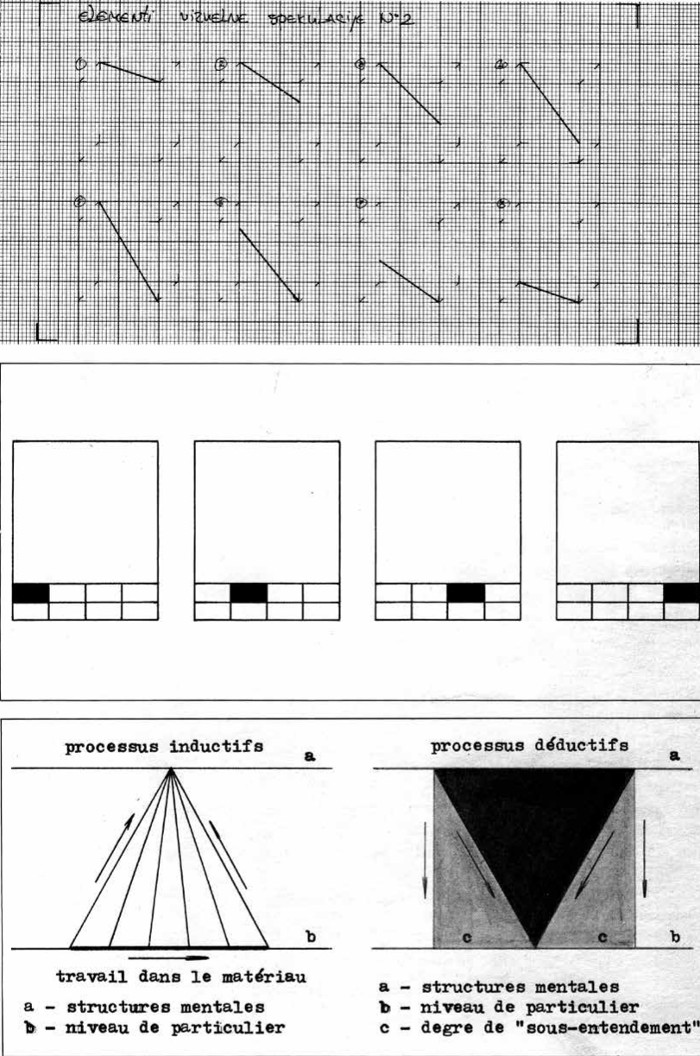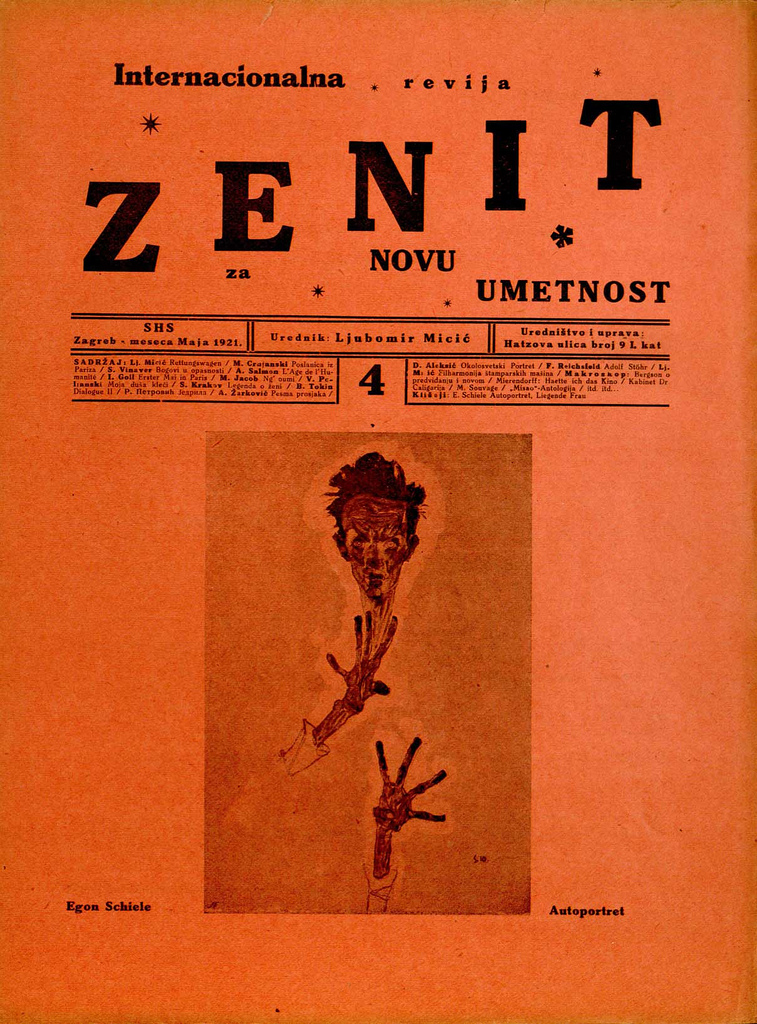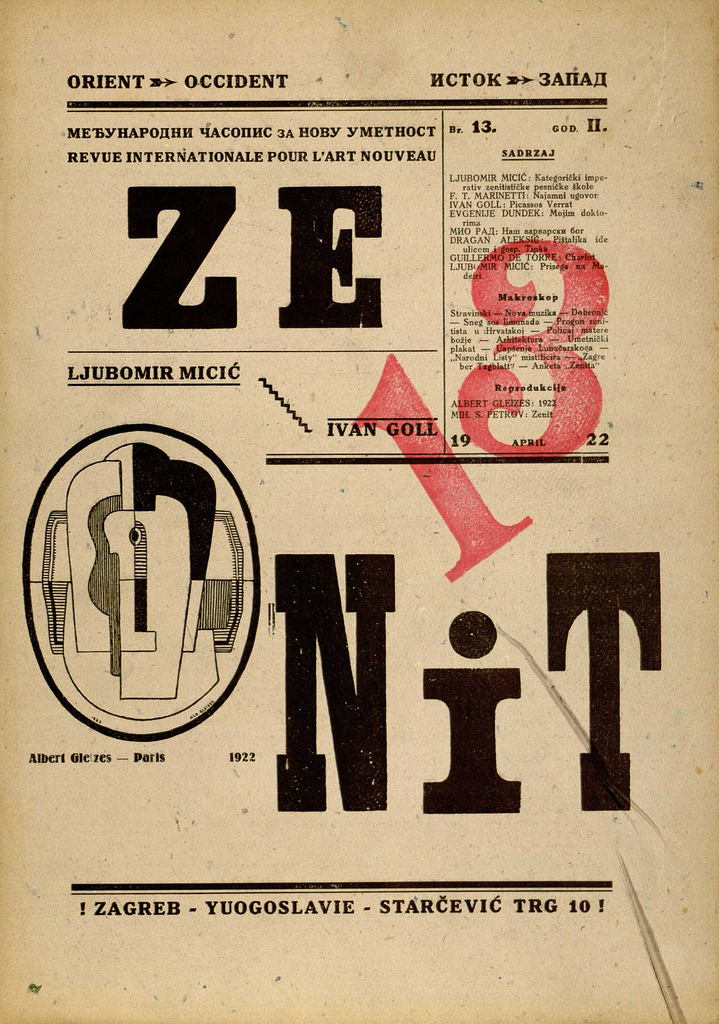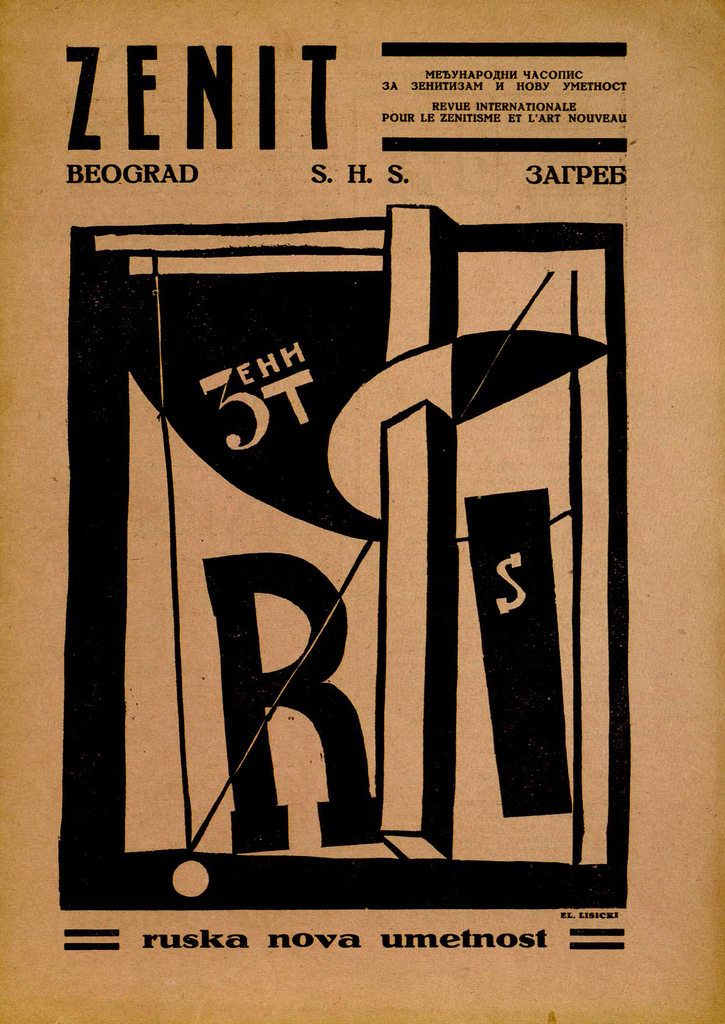Dietmar Unterkofler: Grupa 143: Critical Thinking at the Borders of Conceptual Art, 1975–1980 (2012) [Serbian/English]
Filed under book | Tags: · 1970s, art, art history, conceptual art, film, performance art, photography, serbia, yugoslavia

The late-conceptualist art collective Group 143 was founded in March 1975 by Biljana Tomić in Belgrade as an open educational and theoretical platform at the Student Cultural Centre. Besides Tomić, the other key figures in the group were Miško Šuvaković, Jovan Čekić, Paja Stanković, Neša Paripović, and Maja Savić. The group worked together for five years, producing a broad range of artistic work in the media of photography, film, the artist’s book, diagrams and charts, public lectures, and performance art. Their research was focused primarily on epistemological and theoretical questions about the “art world” in general and the critical potential of intellectualized art-thinking within the conditions of late socialism in Yugoslavia.
The theoretical foundation of their art was shaped by structuralist and post-structuralist French theory, language philosophy, post-constructivism, and British and American conceptual art. Their last public presentation of their work came in August 1980, when Group 143 had a solo exhibition at Galerija Loža in Koper. (Source)
Grupa 143: kritičko mišljenje na granicama konceptualne umetnosti 1975-1980
Publisher Glasnik, Belgrade, 2012
ISBN 9788651915539
393 pages
Zenit, International Review of Arts and Culture, No. 1-43 (1921-26) [SH/FR/DE/RU]
Filed under magazine | Tags: · art, avant-garde, collage, constructivism, croatia, dada, expressionism, futurism, painting, serbia



Zenit, International Review of Arts and Culture, enjoyed a reputation as the only Yugoslav avant-garde journal, which was part of the international avant-garde scene at the beginning of the 1920s. Its founder, editor and the chief ideologist of the Zenit programme Ljubomir Micić, poet and art critic, intended to introduce social and artistic principles of avant-garde to Croatia and Serbia, particularly constructivism, futurism and Dada.
It was launched in February 1921 and published monthly in Zagreb (1921-23) and Belgrade (1923-26) until December 1926, when it was banned by the authorities. A total of 43 issues were published (including special number dedicated to young Czech artists, and No. 17-18 to the new Russian Art, edited by Ilya Ehrenburg and El Lissitzky), as well as one poster, “Zenitismus”, and one issue of a daily Zenit newspaper dated 23 September 1922.
The magazine brought together a number of collaborators: Marijan Mikac, Jo Klek (Josip Seissel), Vilko Gecan, Mihailo Petrov, Boško Tokin, Stanislav Vinaver, Rastko Petrovic, Branko Ve Poljanski (Branko Micić), Dragan Aleksic, Milos Crnjanski, Dusan Matic and others. Other collaborators and contributors included the French poet Ivan Goll, Alexander Archipenko, Ilya Ehrenburg, Wassily Kandinsky, El Lissitzky, Louis Lozowick, Alexander Blok, Jaroslav Seifert. The visual contributions by Jo Klek and Mihailo Petrov epitomized Zenitist art and painting.
PDF (single issues, PDF)
PDF (all issues, ZIP, 148 MB)
Aleksandra Sekulić (ed.): Media Archaeology: The Nineties (2009)
Filed under book | Tags: · 1990s, mass media, media archeology, memory, serbia, television, war, yugoslavia

Media Archaeology is a long term research and program project, initiated in Archive of alternative film and video in “Students’ City” Cultural Center in Belgrade, programs initially hosted by Academic Film Center in 2006. Dealing with media forms as symptoms of social phenomena the team of the project presented this research through a dynamic program model of screening and discussion between two hosts with participation of the audience, which turned out to be a right model to establish a communication with the generation who hadn’t have a chance to experience the appearance and transformation of particular media phenomena.
In 2007, the series of lectures which embraced particular media forms from the history of media production of Socialist Federal Republic of Yugoslavia, with a special program dedicated to the translation of Western pop culture in Asia, the program concept enabling communication with the younger audience, with creating an insight into their perception of contemporary media forms was established, and also opened a call for collecting material for a media archive.
In 2008, with the support of the ministry of culture and media of the Republic of Serbia, a project Media Archaeology: The Nineties was initiated, and focused on analysis of the models used for media coverage and shaping of the disastrous social crisis of the 1990’s and to remind of the depth and the long term influences of the changes still visible in media production.
Project team: Boško Prostran, Jovan Bačkulja, Stevan Vuković, Aleksandra Sekulić, Ivica Đorđević, Nebojša Petrović
Translation: Vesna Jovanović, Aleksandra Sekulić, Greg de Cuir
Publisher: Center for cultural decontamination; with Archive of alternative film and video, “Students’ City” Cultural Center, Belgrade, September 2009
35 pages
authors and project (incl. video archive)
Comment (0)
